- CALL US TODAY+91-999 998 9301
- MAIL US TODAYinfo@rajdhanialloys.com
Metal Products
- Electrolytic Manganese M.F.
- Nickel
- Silicon Metal
- Bismuth Metal
- Molybdenum Metal
- Chromium Metal
- Misch Metal
- Manganese Metal
Electrolytic Manganese Metal Flakes
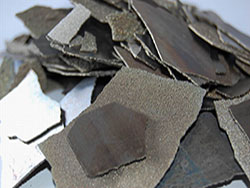
Metals are backbone of economy and are extensively used for the manufacturing of various industrial machinery, equipments and products. Every metal has its own unique properties and are required in a number of industries such as Pharmaceutical, Aviation, Steel, Automotive, Energy, Cosmetic, Packaging, Rubber and many more.
Whateverkind is your industrial metal need is, Rajdhani Traders is your one-stop destination to cater your demand. Our top grade imported electrolytic manganese metal flakes highly valued for their quality and extensively used across industries.
| # | Grade (S) | |||
|---|---|---|---|---|
| Mn | C | S | P | Se+Si+Fe |
| 99.7% min | 0.04 max | 0.05% max | 0.005% | 0.205% max |
Nickel

Chemical Name:
Nickel
Chemical Formula:
Ni
Synonyms
Nickel powder, Nickel flake, Ni, Spherical nano nickel, Conductive nickel, CAS 7440-02-0, Nickel spheres, Nickel flake, nickel foam, Nickel lump, Nickel pieces, Nickel pellets, Nickel slug, Nickel single crystal, Nickel foil, Nickel target, Nickel plate, Nickel gauze, Nickel wire, Nickel rod, Nickel tube, CAS #7440-02-0
Physical Properties
Nickel (Ni) metal powder, spheres, flake, lump, pieces, pellets, slug, single crystal, foil, target, plate, gauze, wire, rod, tube.
Typical Applications
1) Nickel is used in many industrial and consumer products, including stainless steel, magnets, coinage, and special alloys. It is also used for plating and as a green tint in glass. Nickel is pre-eminently an alloy metal, and its chief use is in the nickel steels and nickel cast irons, of which there are innumerable varieties. It is also widely used for many other alloys, such as nickel brasses and bronzes, and alloys with copper, chromium, aluminium, lead, cobalt, silver, and gold.
2) Nickel consumption can be summarized as: nickel steels (60%), nickel-copper alloys and nickel silver (14%), malleable nickel, nickel clad, Inconel and other Superalloys (9%), plating (6%), nickel cast irons (3%), heat and electric resistance alloys, such as Nichrome (3%), nickel brasses and bronzes (2%), others (3%).
3) In the laboratory, nickel is frequently used as a catalyst for hydrogenation, most often using Raney nickel, a finely divided form of the metal.
4) Nickel has also been often used in coins, or occasionally as a substitute for decorative silver. The American 'nickel' five-cent coin is 75% copper. The Canadian nickel minted at various periods between 1922-81 was 99.9% nickel, and was magnetic.
- Grade (S)
- Ni-99%, C-0.01%
- Briquette (s):
- Ni —97%min.
Silicon Metal
- Grade (S)
- Si-98.5%, Fe-0.50%, AI-0.5%, Ca-0.3%
- Grade 551, 443
- Also available on request
Bismuth Metal
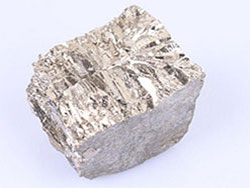
Chemical Name: Bismuth
Chemical Formula: Bi
Synonyms:
Bismuth metal powder, Bi, wisuth, bisemutum, bismuth, bismuth metal spheres, bismuth metal shot, bismuth metal tear drop, bismuth metal needles, bismuth metal pieces, bismuth metal lump, bismuth metal ingot, bismuth metal single crystal, bismuth metal rod, bismuth metal foil, CAS# 7440-69-9
Chemical Properties: Purities available from 99% up to 99.9999%
Physical Properties:
Lump, single crystals, pieces, needles, shot, spheres, and powder as small as 20-100 nanometer
- Grade (S)
- Bi-99.9%
Molybdenum Metal
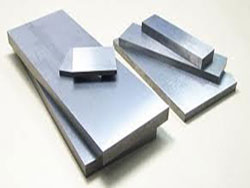
Chemical Name:
Molybdenum
Chemical Formula:
Mo
Synonyms:
Molybdenum powder, Molybdenum plate, Molybdenum stick, Molybdenum sheet, Molybdenum foil, Molybdenum bars, Molybdenum rod, Molybdenum wire, Molybdenum tube, Molybdenum elemental, Molybdaen, CAS# 7439-98-7
Chemical Properties
99.7% to 99.999%
Physical Properties
Powder, foil, sheet, wire, rods, crystal
Typical Applications
Glass furnace melting electrodes, plate/ sheet, fabricated-to-print parts, furnace boats, catalysts, metallizing & spray wire
- Grade (S)
- Mo-99.9%
Chromium Metal
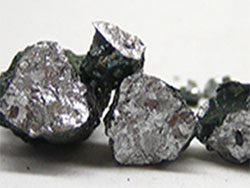
Chemical Name:
Chromium
Chemical Formula:
Cr
Synonyms:
chromium metal powder, chromium metal flake, chromium metal granule, chromium metal shot, chromium metal pieces, chromium metal chips, Cr, chromium metal cubes, chromium metal pieces, chromium metal single crystal, chromium metal sputtering target, CAS# 7440-47-3
Chemical Properties:
99%, 99.2%, 99.5%, 99.95%, 99.99%, 99.998%
Physical Properties:
Powder, flake, granules, shot, pieces, chips, cubes, single crystals, and targets.
- Grade (S)
- Cr-99.0%,AI-0.3%,C-0.02%,Fe-0.3%,Si-02%,S-0.02%
- Cr-98.5%,.AI-0.3%,C-0.03%,Fe-0.4%,Si-OE3%,S-0.02%
- Cr-98.0%,AI-0.3%,C-0.05%,Fe-0.8%,Si-0.4%,S-0.02%
Misch Metal
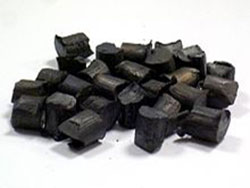
An alloy of iron with a mixture of the rare earth metals is known commercially as mischmetal. These vary in the number of rare earth metals used and the concentration of each.
Chemical Properties:
lanthanum rich, cerium rich, aluminum rich, etc.
Physical Properties:
Ingot, pieces, chunks, rod
Typical Applications:
Used as dope for non-ferrous metal, such as aluminium (Al), iron-chrome-aluminium (Fe-Cr-Al), et al. This is to increase the operating life of Fe-Cr-Al heating devices. It is also used to manufacture flints in cigarette lighters.
Classification:
Mischmetal (Rare Earth Metal) TSCA (SARA Title III) Status: Listed. For further information please call the E.P.A. at +1.202.554.1404
Mischmetal (Rare Earth Metal) CAS Number: CAS# 62379-61-7
Manganese Metal Briquette
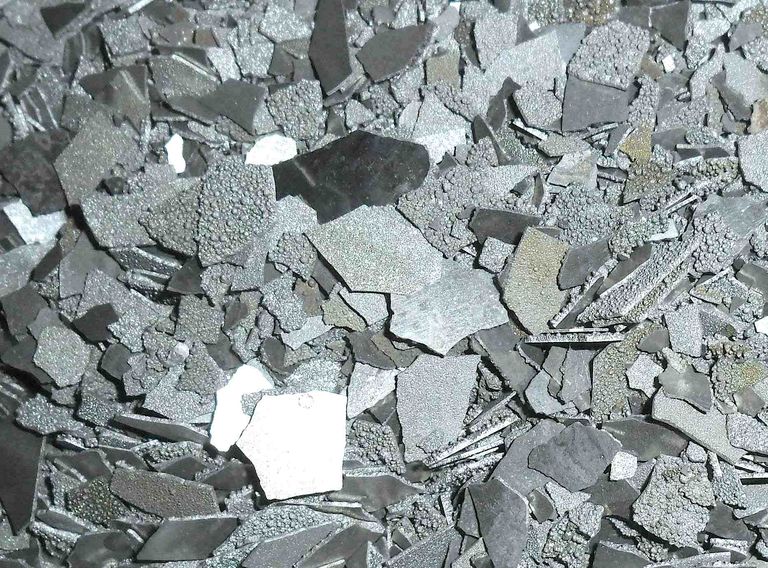
A lustrous, steel-gray metal, manganese resembles iron, but is harder and very brittle. In its pure form, it is too brittle to fabricate. Manganese is chemically reactive and decomposes slowly in cold water, more rapidly when heated. While pure manganese metal is ferromagnetic only after special treatment, it forms highly ferromagnetic alloys when combined with aluminum and antimony or copper. In steel, manganese greatly improves strength, wear resistance, hardness, and many other qualities.
Chemical Name:
Manganese
Chemical Formula:
Mn
Synonyms:
Manganese, manganese plate, Mn, manganese powder, manganese targets, colloidal manganese, elemental manganese, cutaval, ASTM A601, colloidal manganese, magnacat, mangan, nitridovany, tronamang, dienol, tripart liquid manganese, tronamang electrolytic manganese metal, CAS# 7439-96-5
Chemical Properties:
99.6% up to 99.99%
Physical Properties:
Powder, lump, pieces, plate, and sputtering targets

